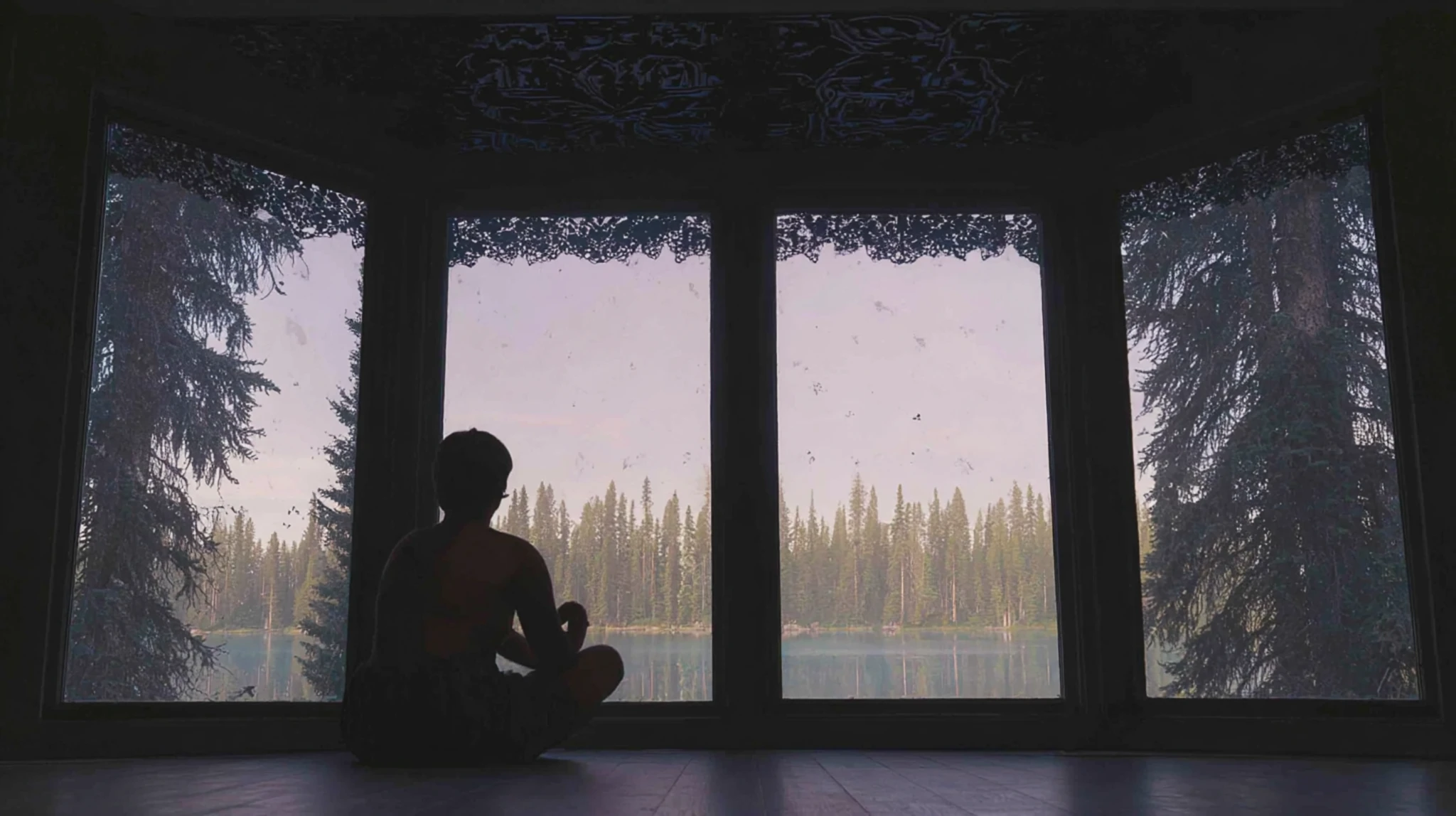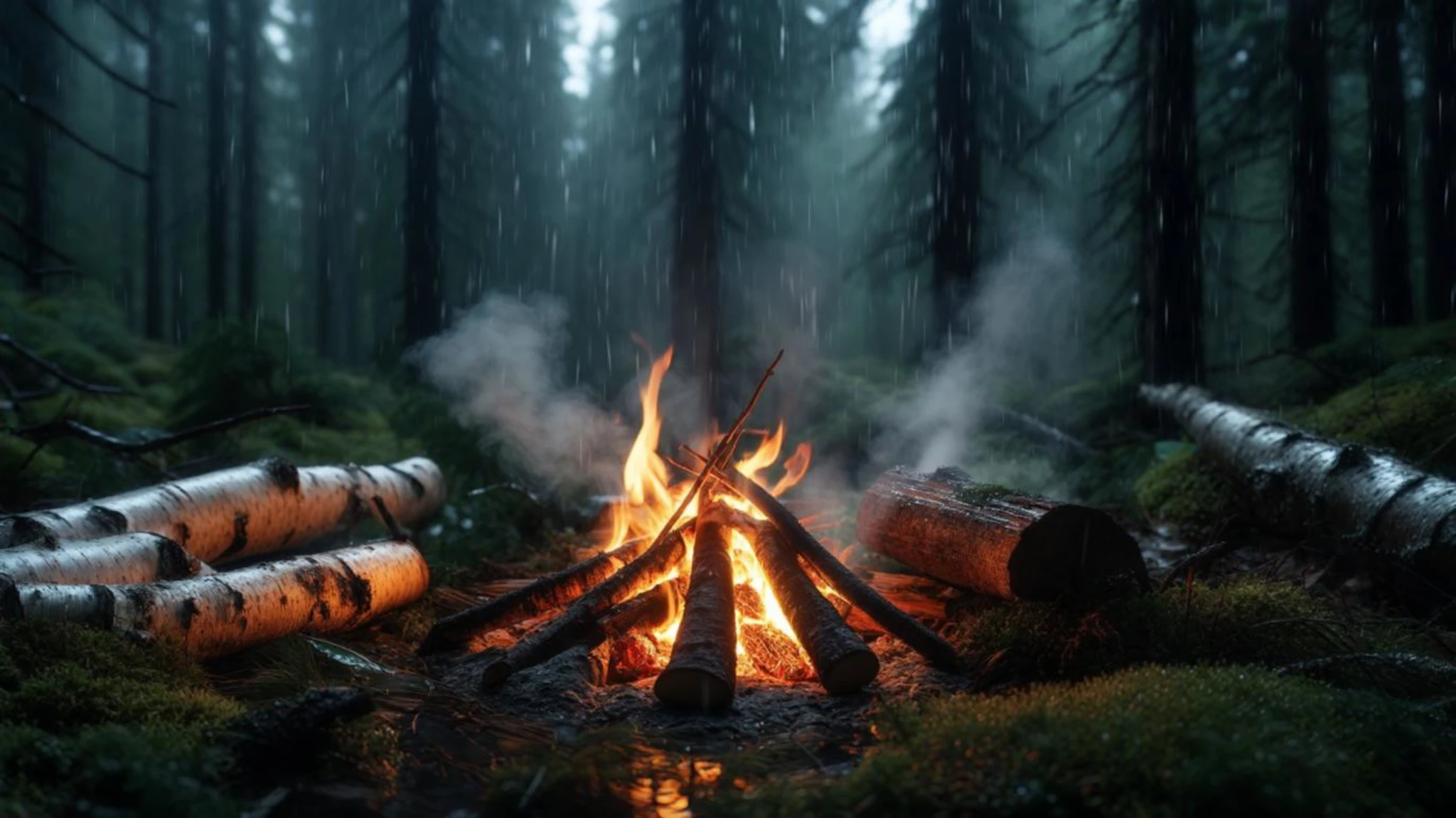In survival scenarios, understanding and prioritizing your immediate needs can be the difference between life and death. The Survival Rule of Threes offers a straightforward guideline to help focus on the essentials when faced with life-threatening situations. This rule suggests that humans can survive:
While these timeframes are approximations and can vary based on individual conditions and environments, they provide a valuable framework for setting survival priorities.
Three Minutes Without Air
Oxygen is vital for human survival. Deprivation of air can lead to unconsciousness or death within minutes. Situations such as choking, drowning, or exposure to toxic fumes can severely restrict oxygen intake. For instance, during a wildfire, smoke inhalation can rapidly incapacitate an individual. Recognizing such dangers promptly and taking immediate action—like evacuating the area or using a mask—can be lifesaving.
Three Hours Without Shelter
Exposure to extreme weather conditions can be fatal. In environments with severe cold, hypothermia can set in quickly, while extreme heat can lead to heatstroke. For example, being caught in a snowstorm without proper shelter can drastically reduce core body temperature. Constructing a makeshift shelter or finding natural cover becomes essential to protect against the elements.
Three Days Without Water
Water is crucial for maintaining bodily functions. Dehydration impairs physical and cognitive abilities, and in severe cases, can be fatal. In arid environments, the risk of dehydration increases significantly. Locating a water source, such as a stream or collecting rainwater, and ensuring its potability through methods like boiling or filtration, is vital.
Three Weeks Without Food
While the human body can endure longer periods without food compared to water, lack of nutrition leads to weakness and compromised immunity. In survival situations, foraging for edible plants, hunting, or fishing becomes necessary to sustain energy levels. However, it's essential to have knowledge of safe food sources to avoid consuming harmful substances.
Applying the Rule: A Practical Scenario
Imagine you're on a hiking trip and become lost in a dense forest as night approaches. The temperature is dropping rapidly, and rain is imminent. Applying the Survival Rule of Threes, your immediate priority is to find or construct shelter to protect against hypothermia. Once sheltered, you can focus on sourcing water and, subsequently, food if the situation extends beyond a few days.
Conclusion
The Survival Rule of Threes serves as a foundational guideline for prioritizing actions in emergency situations. By understanding and applying this rule, individuals can make informed decisions that address the most pressing survival needs first, enhancing their chances of enduring adverse conditions.



